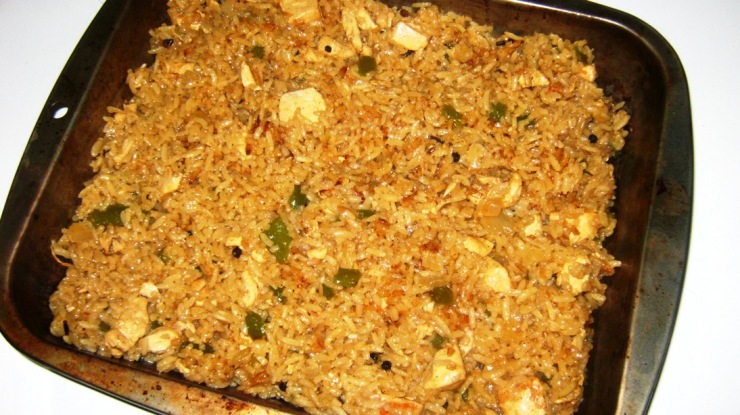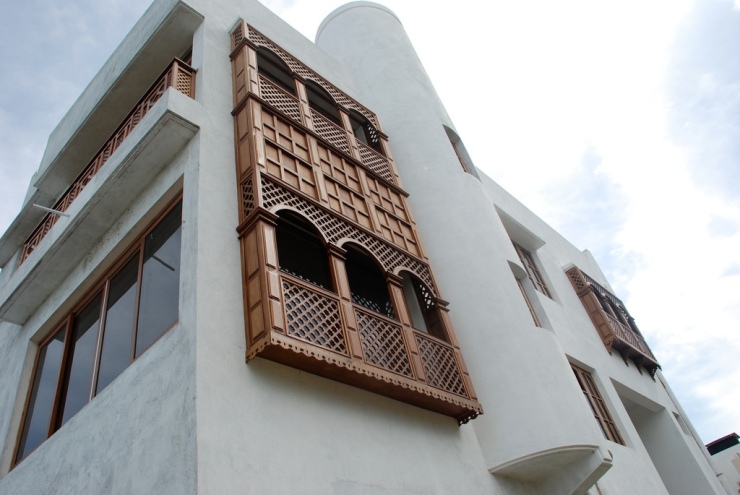Four elements of Swahili Culture you’ll encounter in Mombasa, Kenya
The swahili people are an ethnic group living at the coastal region of East Africa, with the name swahili derived from the Arabic word Swahili, which means “people who dwell at the coastal region” In your placement in Mombasa, Kenya you will not only live with the Swahili but also immerse in their culture. Here are 4 things that you are likely to encounter in your stay in Mombasa, Kenya.
Swahili way of dressing

The ‘kanga’ is a popular swahili garment. It is a rectangle of pure cotton cloth with a border all around it, printed in bold designs and bright colors and a Swahili saying or slogan inscribed at the bottom. Women wrap the two cotton fabrics clothing around their waists and upper bodies and draped over their shoulders and heads.
The kanga is also ultimate public billboard for personal feelings. This phrase, called the ‘jina’, can be a useful communication tool. For example a woman who’s upset with a friend might give or wear a kanga with a phrase like “njia ya mwongo ni fupi,” which means “the days of a liar are numbered.”
Kangas are extremely popular throughout East Africa not only for clothing but for their multiple uses. Husbands give Kangas to wives, children to their mothers, a woman may split a pair to give half to her best friend, babies are virtually born into them, and are usually carried in a soft sling of kanga cloth. (Safari254)
Men wear a striped cloth (kikoi) around the waist that hung to the knees. As a mark of being Muslim some men sported small white caps with elaborate tan embroidery. Dressing well and modestly is highly valued among the Swahili culture
Swahili traditional food

Anyone visiting the coastal region of Kenya for their first time, is always greeted with sweet aroma. As a famous Swahili saying goes “ Kuingia ni Harusi, Kuodoka ni Matanga”. To mean Visiting coastal Kenya is like a wedding celebration, but leaving the place is compared to a funeral because no one wants to leave this amazing city. The Swahili dishes are one of the elements that would make one fall in love with this culture. Swahili cuisines, which are highly spiced, have African, Middle Eastern, and Indian influences. Rice, the staple food, is cooked with coconut milk and served with tomato-based meat, bean, or vegetable stews. Meals are incorporate with locally available vegetables (egg-plant, okra, and spinach), fruits (mangoes, coconuts, pineapples), and spices (cloves, cardamon, hot pepper). Fish is also central to the diet. Chicken and goat meat are popular for holiday meals. Sweet tea with milk is served several times a day. The most popular meal is a Pilau Dish. Pilau is a common dish all over the world, but the secret to the Swahili version is that it’s flavoured with the spices fresh from the “Spice Island”, Zanzibar. Famous for clove and cinnamon, and with the addition of cardamom, Swahili pilau is a delicate, fragrant and beautiful dish that’s always welcomed
Swahili Music and dance
The slow rhythmic tunes mostly played in the Coastal Kenya will make you fall in love with the music over and over again. The famously known Taarab songs will slowly melt your heart into the rhythm. Another unique coastal culture music is the Chakacha music. Chakacha is a very popular dance amongst the coastal tribes. Unlike the other dances, coastal dances focus mainly on vigorous waist movements. and danced along in the traditional taarab rythm. With Taarab music and dancing, the instrumentals take up most of the song giving both the dancers and the performers time to shake their waists and move their hands freely. The major difference between chakacha and Taarab is the tempo of the songs with chakacha being the faster kind of music.
Swahili Architecture

Swahili architecture, a term used to designate a whole range of diverse building traditions practiced or once practiced along the eastern and southeastern coasts of Africa, is in many ways an extension of mainland African traditions, although structural elements, such as domes and barrel vaulting, clearly connect to Persian Gulf area and South Asian building traditions as well. Exotic ornament and design elements also connected the architecture of the Swahili coast to other Islamic port cities. In fact, many of the classic mansions and palaces of the Swahili Coast belonged to wealthy merchants and landowners, who played a key role in the mercantile economy of the region. (Bountless.com)

